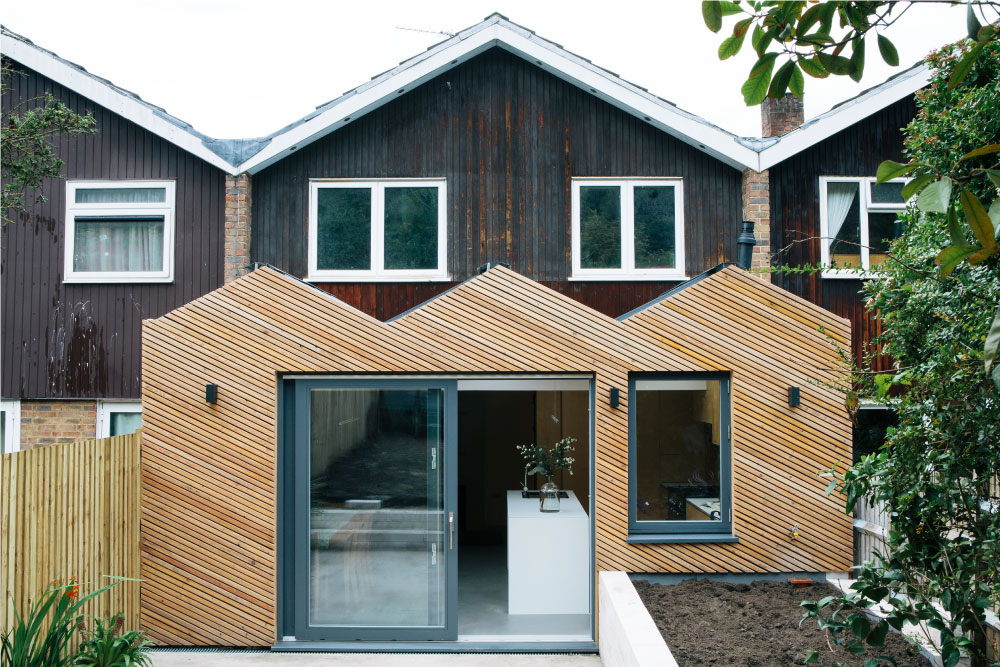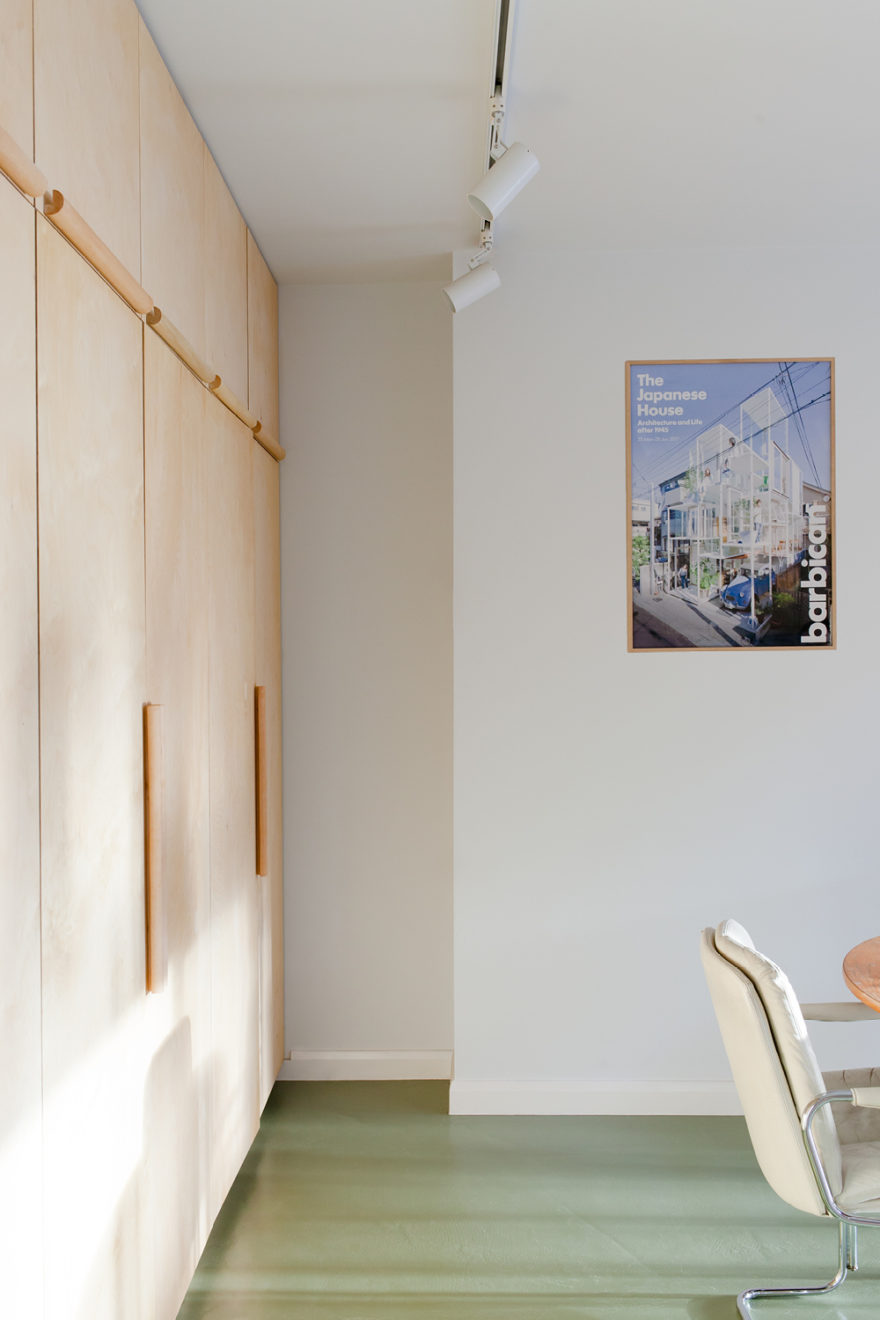How to use Pinterest
Love it or loathe it, Pinterest has changed the digital landscape irrevocably. This portable, shareable image archive offers access to a world of design possibilities, a network of like-minded tastemakers and a catalogue of treasures that you never knew you needed.
But is Pinterest more of a hindrance than a help when it comes to renovating a home? And is it fertile ground for unrealistic expectations to take root and throw a project off-kilter? Here, three architects give their thoughts on creating a useful Pinterest board.
While many architects balk at the idea of Pinterest, some do find it a useful communication tool towards the beginning of a project. Nimi Attanayake, co-founder of London-based Nimtim Architects believes it can help to kick-start the conversation between parties. ‘It’s useful in the initial stages, to help us get to know our clients. We encourage them to ask questions from their pinned images: “why did they choose it, what are its attractive qualities?” and then use these to test scenarios,’ she says.
Kieran Morgan, Director of RIBA-award winning Found Associates agrees that if anywhere, Pinterest’s place is early on in the process: ‘Pinterest and other similar platforms are extremely useful tools for early discussions and can provide a guide to a client’s aesthetic sensibilities – but we also want to understand the atmosphere and functionality of what a client wishes to achieve’. So if you’re using Pinterest as means to communicate your vision with your architect or contractor, it’s important that you agree a mutually beneficial approach beforehand.
The nature of Pinterest means it’s incredibly easy to get swept away on a tide of possibility and there’s a very real risk of overload and losing that all-important flow within a concept. The solution? Pare it back. Edit as you go. Refresh often, and remove anything that starts to feel incongruous as your vision takes shape.
Johan Hybschmann, a founder of award- winning architectural studio Archmongers suggests you limit it to just the one board for your entire home: ‘When you see the best projects, it’s not about “the living room” or “the bathroom”, it’s about making sure that everything is connected throughout. Maybe something is green because of that other colour before you enter that room. So my advice would be to not separate the projects, so you can see that something is there for a reason.’ The end result should be a cohesive, well-curated compilation that hangs together nicely, and gives a true flavour of the space you’re hoping to achieve.
Another thing to consider is the feeling you want to get from being in your space. Hybschmann uses this approach as a compass for all of his projects. ‘Look at the quality of the spaces you really like, regardless of the colour of the wall. Quite often we present clients with ideas that come from many places. It can be that an industrial space actually informs the living room – it’s about the mood.’
With this in mind, use clever key word searches to capture a mood that strikes the right chord. For example, if you want a flood-lit room that blurs the line between inside and outside, apply broader search terms such as: ‘natural light from above‘, or look for slightly more obscure settings such as ‘orangeries’. But be careful of falling down a virtual rabbit hole. Unlike books that draw to a neat conclusion, Pinterest’s infinite scroll gallery gallops on unmoderated and this can be detrimental.
Morgan also warns it can derail a project before it’s even off the ground: ‘The platform suggests other, similar images which can mean your own style is lost in the process. Original thought can end up being stifled, because you’re reliant on images alone, rather than letting the creative process take its own path’. To counter this, keep a strong dialogue going with your architect (if you have one) and revisit your core objectives often.
Attanayake urges clients to keep an open mind when it comes to sources of inspiration: ‘In our experience, it can come from unexpected places such as exhibitions, art, nature, furniture, books etc. We particularly like a non-profit art and architecture digital newsletter called Daily Dose by Raphael Kadid.’
Remember that Pinterest is merely a portal. Nothing can rival the experience of fully immersing yourself in a space, so do make time to explore the wider world. It’s also worth noting that while plenty of design firms and publishers have their own Pinterest profiles, not all of their work may have been uploaded. So widen your vista with books, Instagram, design magazines and the websites of architectural firms or *ahem* property sites.
Other people’s ideas – wherever they originate from – are certainly useful, but it’s your space with its own unique possibilities (and limitations) that will ultimately determine the finished result. Context is king. ‘Lots of things come later down the line when we’re on site and the light hits the wall in a certain way,’ says Hybschmann. ‘You should always let the clients, the house and the context inform the concept – if you know exactly what the project is going to be like before you start designing, then there’s no point in doing it.’
John McDavid, owner of Aucoot summarises: ‘While the internet (and Pinterest in particular) is a rich source of inspiration, beware of copycat trends or you’ll end up with a house that looks like everyone else’s. We like to see homes that are completely individual spaces that reflect the owner’s character. And renovating your property is such a wonderful opportunity to create something that is powerful and unique.’
So by all means, use Pinterest as a tool to refine your tastes and to spark a meaningful dialogue with your architect or contractor. Seize the opportunity to connect with like minded folk and mine their edits for ideas. And create an impressive image archive of thought-provoking shots that mirror your desired mood, but don’t use it as a design crutch for the duration. It’s merely a springboard for your own wants and desires to take flight.
For more inspiration, visit the Aucoot Design Directory










